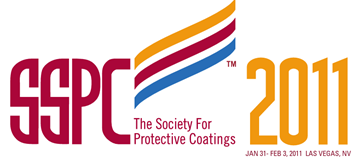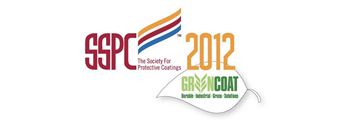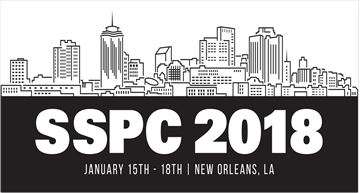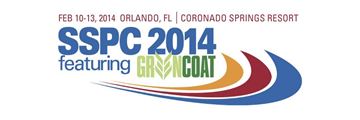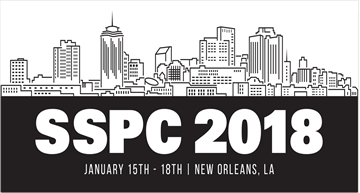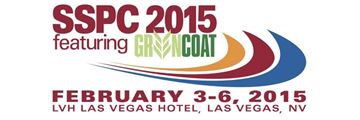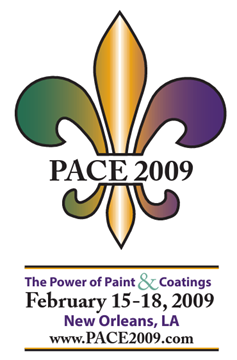Search
Products tagged with 'surface preparation'
View as
Sort by
Display
per page
Polyurea Great Wall Beijing-Shanghai High Speed Railway Polyurea Protection Project
Product Number:
41211-658-SG
Publication Date:
2011
$20.00
Polyurea Great Wall Beijing-Shanghai High Speed Railway Polyurea Protective Project
Product Number:
41212-719-SG
Publication Date:
2012
$20.00
Power Tool Cleaned Surfaces New Insights into Surface Profile Measurement
Product Number:
51218-166-SG
Publication Date:
2018
$20.00
Preparation of Concrete for Rapid Coating Application
Product Number:
41214-822-SG
Publication Date:
2014
$20.00
Preparing Hot-Dip Galvanized Coating Surfaces for Painting
Product Number:
41215-908-SG
Publication Date:
2015
$20.00
Preparing Steel Surfaces For Thick-Film Intumescent Fireproofing
Product Number:
51321-16630-SG
Publication Date:
2021
$20.00
Pull-Off Adhesion Testing of Coatings - Improve Your Technique
Product Number:
41215-893-SG
Publication Date:
2015
$20.00
Putting the Pieces Together: Integrating Steel Repairs with Bridge Painting Projects
Product Number:
51219-199-SG
Publication Date:
2019
$20.00
Remediation of Soluble Salts from Steel Bridges During Re-Painting
Product Number:
51219-172-SG
Publication Date:
2019
$20.00
Renovation and Seismic Upgrade of a 1930’s Ford Assembly Plant
Product Number:
41209-499-SG
Publication Date:
2009
$20.00

